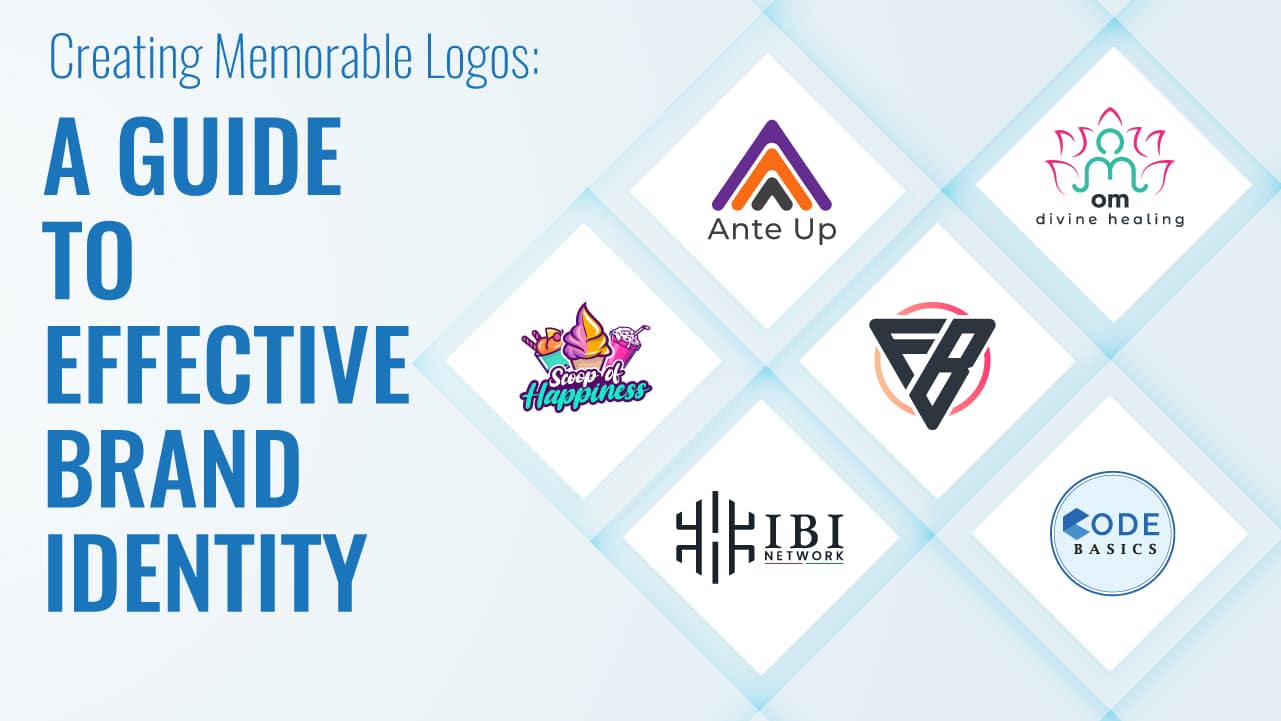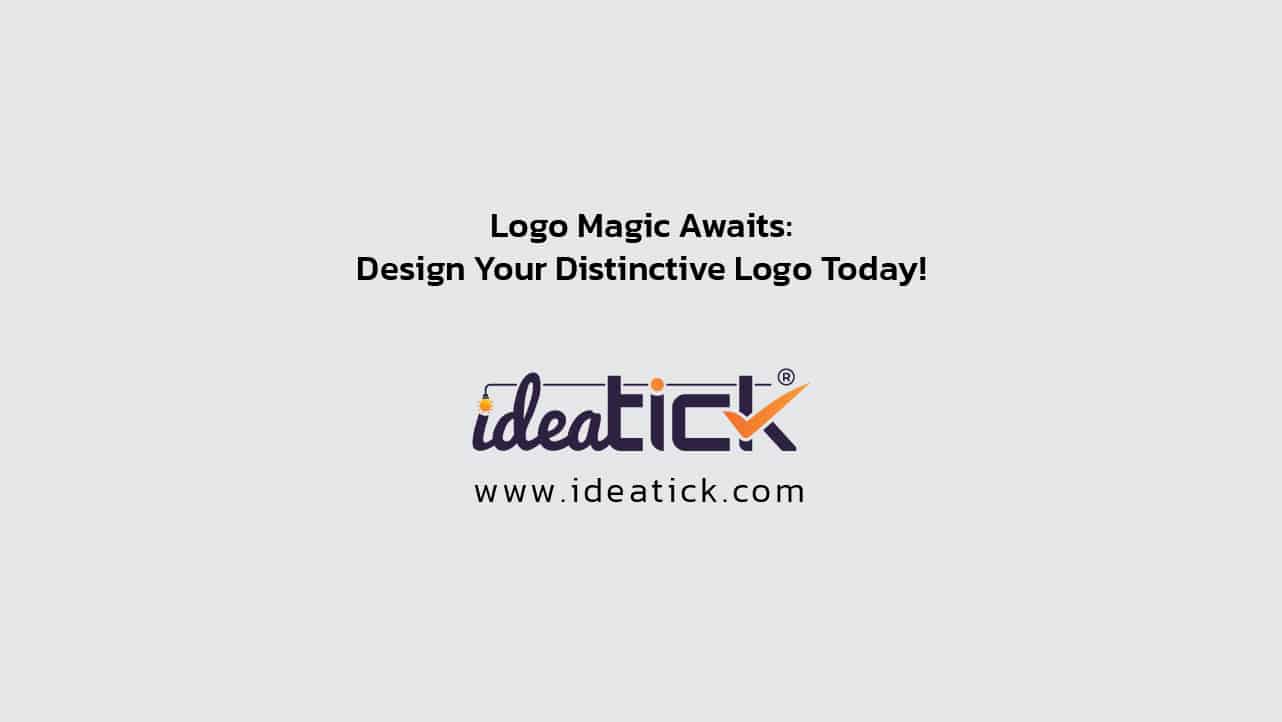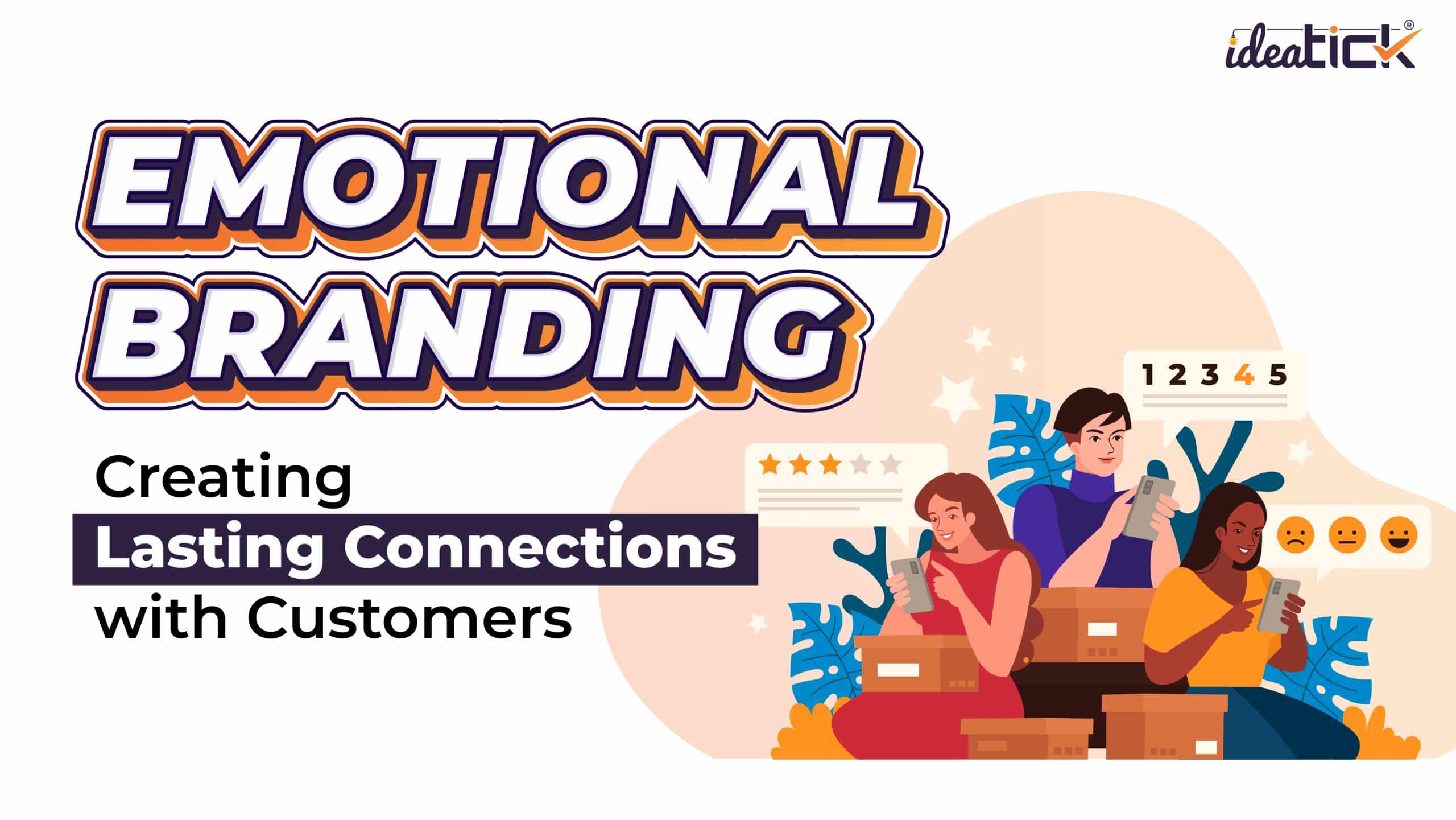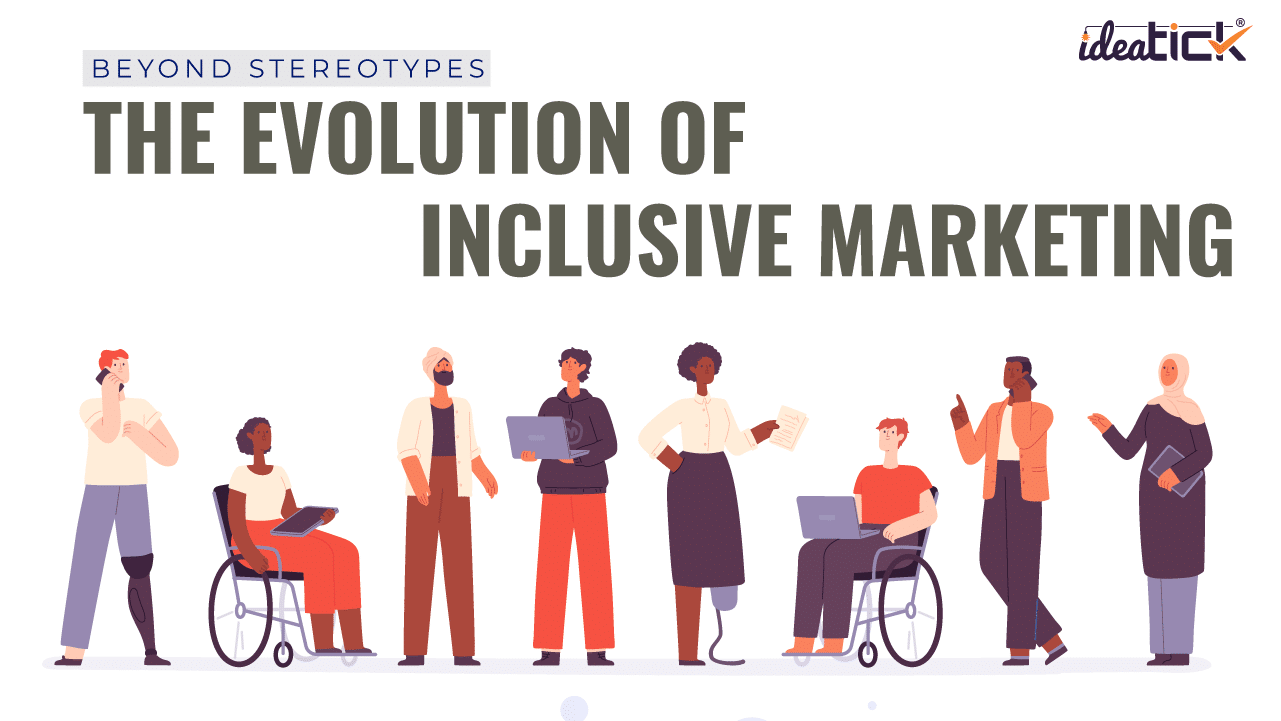Creating Memorable Logos: A Guide to Effective Brand Identity

In a crowded marketplace where attention spans are shorter than ever, how can a brand stand out? How can it leave an indelible mark on the minds of consumers, effortlessly conveying its identity with a single glance? The answer lies within the power of a well-crafted logo—a visual embodiment of a brand’s values, personality, and aspirations.
Welcome to our guide on creating memorable logos, where we delve into the fascinating world of effective brand identity. In this digital era, where first impressions are made in milliseconds, a compelling logo can be the catalyst that sparks curiosity, builds trust, and solidifies your brand’s presence in the hearts and minds of your target audience.
So, grab your sketchbook, unleash your creativity, and let’s embark on a journey to discover the secrets behind crafting logos that leave an indelible mark—logos that become the visual ambassador of your brand.
Understanding The Brand And Target Audience
Understanding the brand and target audience is crucial before deciding on a logo because a logo is more than just a visual representation of a brand. It serves as a communication tool that conveys the brand’s values, mission, and personality. Therefore, before designing a logo, it’s essential to have a deep understanding of the brand’s identity and how it wants to be perceived by its target audience.
The target audience is the group of people that the brand wants to reach and connect with. Understanding their preferences, needs, and aspirations is vital to creating a logo that resonates with them. A well-designed logo should appeal to the target audience and convey the brand’s message in a way that is clear, concise, and memorable.
Moreover, researching the competition is essential to avoid creating a logo that is similar to others in the same industry or market. A unique logo can help a brand stand out and differentiate itself from competitors, making it more memorable and recognizable.
In summary, understanding the brand and target audience is crucial before designing a logo because it ensures that the logo accurately represents the brand’s identity, resonates with the target audience, and sets the brand apart from competitors.
Elements Of A Successful Logo
- Simplicity: A successful logo is simple and easily recognizable. It should be clear and uncluttered, allowing for easy understanding and quick recall. Simple logos are more versatile and can be scaled down or reproduced in different sizes and formats without losing their impact.
- Memorability: A strong logo should be memorable and leave a lasting impression on viewers. It should have a unique and distinct design that stands out from the competition. Memorable logos are more likely to be recognized and recalled by consumers, helping to build brand recognition over time.
- Uniqueness: Originality is crucial when creating a logo. A successful logo should be unique and distinct, avoiding similarities with other brands’ logos in the same industry. A distinctive logo helps to differentiate the brand and make it easily identifiable among its competitors.
- Relevance: A successful logo should be relevant to the brand it represents. It should visually communicate the brand’s values, personality, and core message. The design elements used in the logo should align with the brand’s industry, target audience, and overall brand identity.
- Adaptability: A logo should be adaptable and functional across various mediums and applications. It should work well in different sizes, whether it’s displayed on a billboard or a small social media profile picture. An adaptable logo maintains its visual integrity and legibility across different platforms and materials.
- Timelessness: A successful logo design stands the test of time. It should be able to remain relevant and effective for years to come, avoiding trends or fads that may quickly become outdated. Timeless logos have a timeless appeal and longevity, ensuring consistency in the brand’s visual identity.
Designing the Logo
Research and Discovery
- Understand the Brand: Gain a deep understanding of the brand’s values, mission, personality, and target audience. Conduct interviews or research to gather insights about the brand’s identity and goals.
- Competitor Analysis: Research and analyze competitors’ logos to identify their visual strategies, strengths, and weaknesses. This helps ensure the logo stands out and differentiates the brand.
Concept Development
- Sketching and Brainstorming: Generate a wide range of ideas through sketching and brainstorming sessions. Explore different concepts, styles, and visual elements that align with the brand’s identity.
- Digital Exploration: Transfer the best ideas from sketches into digital design software, refining and exploring variations of the concept.
Design Iterations:
- Refinement and Feedback: Review and refine the design concepts, seeking feedback from stakeholders and target audience if possible. Iterate on the designs based on the feedback received, focusing on enhancing clarity, simplicity, and relevance.
- Color, Typography, and Other Elements: Experiment with different color palettes, fonts, and additional design elements that align with the brand and evoke the desired emotions or associations.
Presentation:
- Showcase the Final Design Options: Select the most promising logo designs and present them to the client or decision-makers. Explain the rationale behind each design and how it reflects the brand identity.
- Revisions and Finalization: Gather feedback and make any necessary revisions based on client input. Aim for a collaborative process that ensures the client is satisfied with the final logo design.
Delivery & Guidelines:
- Finalize the Logo: Prepare the final logo design in various formats and sizes, ensuring it is ready for use across different mediums and platforms.
- Create Brand Guidelines: Develop a set of guidelines that define how the logo should be used, including specifications on size, color variations, clear space, and usage restrictions. These guidelines ensure consistency and protect the integrity of the logo.
Applying the logo
Once the logo design is finalized, the next step is to apply the logo effectively across various channels and ensure its consistent usage. Here’s a breakdown of the logo application process:
Establishing Guidelines for the Logo’s Usage:
- Create a comprehensive set of brand guidelines that outline how the logo should be used. Include specifications for clear space, minimum size requirements, color variations, and any usage restrictions to maintain consistency and integrity.
- Communicate these guidelines to internal stakeholders, external partners, and any relevant parties involved in utilizing the logo.
Choosing the Right File Formats and Sizes:
- Export the logo design into different file formats suitable for various use cases, such as PNG, JPEG, EPS, and SVG. Each format serves a specific purpose, such as web or print.
- Save the logo in high-resolution formats to ensure its quality and sharpness in different sizes and applications.
Implementing the Logo Across Different Channels and Media:
- Apply the logo consistently across all brand touchpoints, including but not limited to websites, social media profiles, marketing collateral, packaging, signage, and merchandise.
- Optimize the logo’s size, placement, and color for each specific medium to ensure it retains its visual impact and legibility.
Monitoring and Maintaining the Consistency of the Logo:
- Regularly review and audit the usage of the logo to ensure compliance with the brand guidelines. This includes checking for any unauthorized alterations or misuse.
- Provide ongoing support and guidance to internal teams and external partners to ensure proper logo usage.
- Maintain open channels of communication to address any questions or concerns related to logo implementation.
By establishing clear guidelines, utilizing appropriate file formats, consistently implementing the logo across different channels, and monitoring its usage, you can safeguard the integrity of the logo and maintain a strong and cohesive brand identity. Remember, maintaining consistency is key to maximizing the logo’s effectiveness and recognition over time.
Conclusion
Crafting a memorable logo that effectively communicates a brand’s identity is crucial. By understanding the brand and target audience, and investing in research, concept development, and strategic implementation, businesses can create a logo that stands out and leaves a lasting impression.
At Ideatick, our experienced team specializes in creating impactful logos that capture the essence of your brand. With a collaborative approach and attention to detail, we work closely with you to develop a logo that aligns with your brand values and resonates with your audience.
Whether you’re starting a new venture, rebranding, or seeking a logo refresh, Ideatick is here to guide you. Our commitment to excellence and creativity ensures we deliver exceptional results.
Invest in a logo that communicates your brand effectively. Contact Ideatick today to create a logo that leaves a lasting mark on your audience and drives your business forward.





